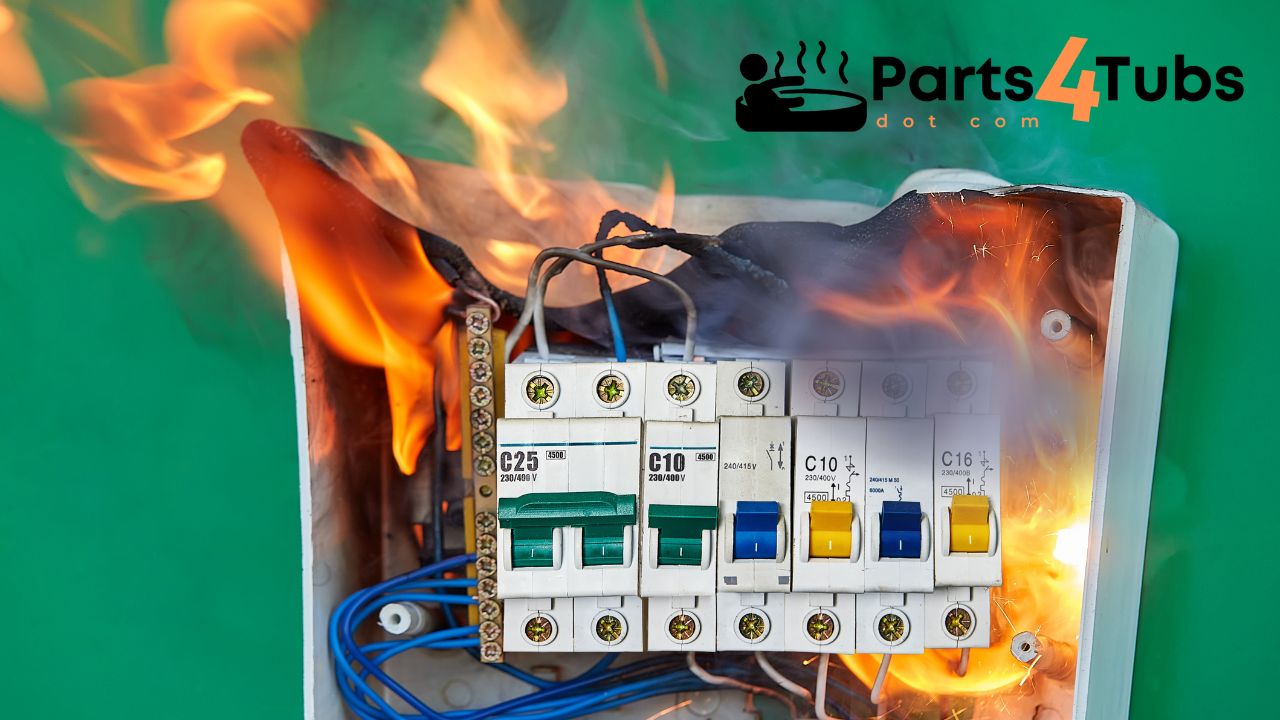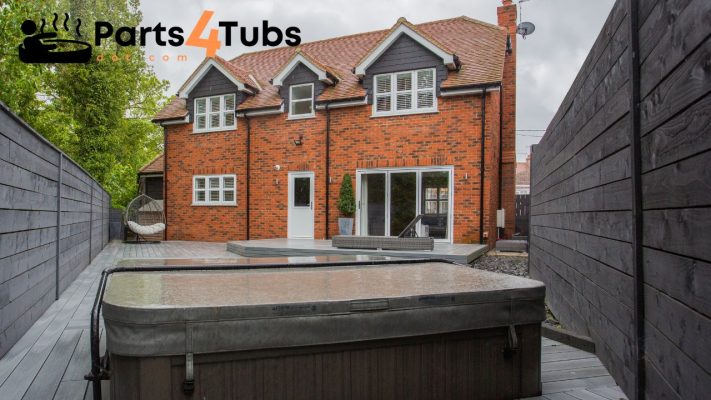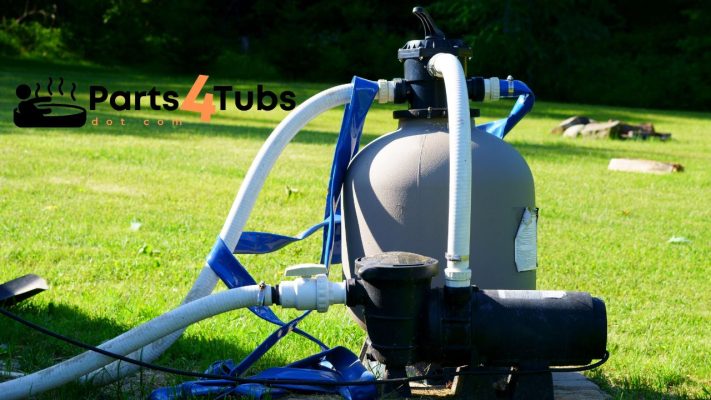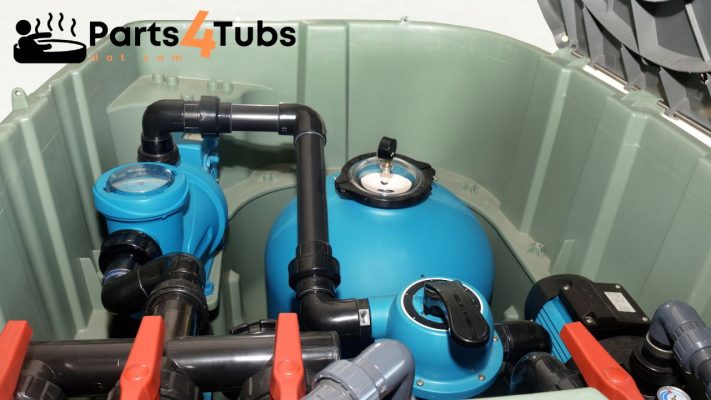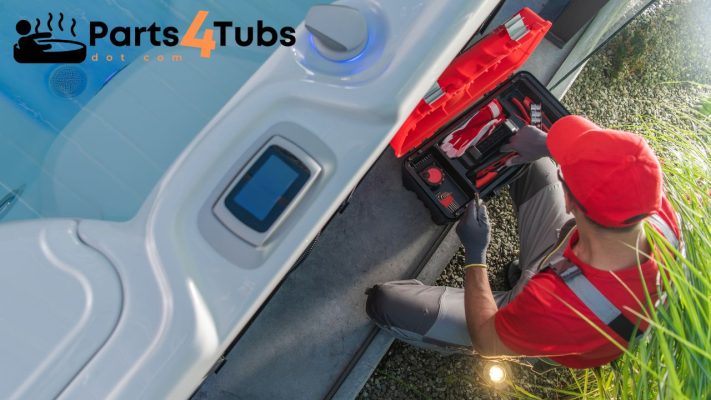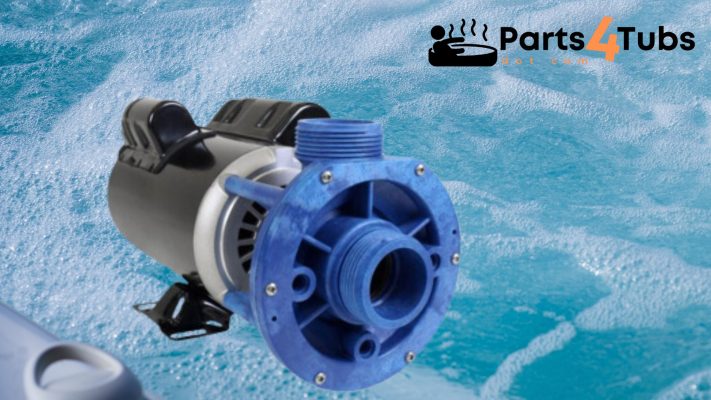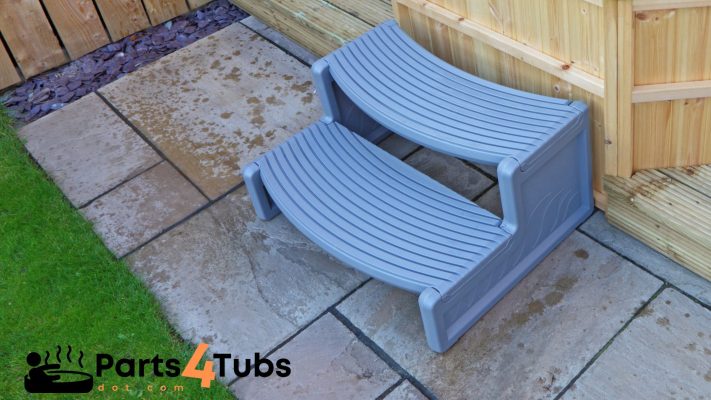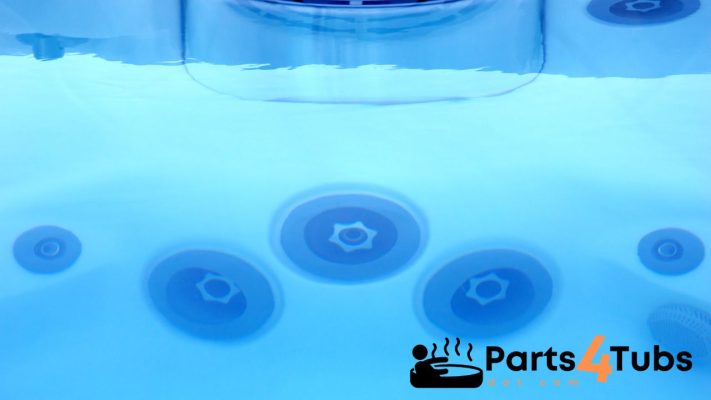Hot Tub Parts Related
7 Reasons Your Hot Tub Is Tripping the Breaker
Hot Tub Tripping the Breaker?
Picture this: a serene evening, the stars above, and a warm, inviting soak in your beloved hot tub. But just as you’re about to unwind, your hot tub suddenly goes dark. Frustrating, right? Tripped breakers in hot tubs can be a real buzzkill, leaving you wondering what went wrong. In this article, we’re going to delve into the seven most common reasons why your hot tub might be tripping the breaker. Understanding these culprits and their solutions can help you get back to enjoying your hot tub without any interruptions. So, let’s troubleshoot the issue and get your relaxation sanctuary up and running smoothly once again.
What are 7 reasons your hot tub is tripping the breaker?
Certainly, here are seven common reasons why your hot tub might be tripping the breaker:
- Electrical Overload: One of the most frequent causes is an overloaded electrical circuit. Hot tubs require a dedicated circuit with the appropriate amperage capacity. If your hot tub is drawing more current than the circuit can handle, it will trip the breaker.
- Water Leaks: Water and electricity don’t mix well. If there’s a leak in your hot tub’s plumbing or electrical components, it can lead to short circuits and trip the breaker as a safety precaution.
- Faulty Heating Element: A malfunctioning heating element can cause excessive power usage, leading to breaker trips. If the element has a damaged or compromised sheath, it can come into contact with water, resulting in a short circuit.
- Aged or Damaged Wiring: Over time, the wiring in your hot tub can degrade or suffer damage from various factors, including rodents, weather, or wear and tear. Damaged wiring can lead to short circuits and breaker trips.
- GFCI Issues: Hot tubs are equipped with Ground Fault Circuit Interrupters (GFCIs) to protect against electrical faults. If the GFCI is faulty or improperly wired, it can trip the breaker. Regular GFCI testing and maintenance are essential.
- Circuit Board Problems: The control circuit board in your hot tub manages various functions. If it’s damaged, corroded, or malfunctioning, it can send irregular signals, causing the breaker to trip.
- High Ambient Temperature: Extremely hot weather can lead to overheating of your hot tub’s components, especially if it lacks proper ventilation. When components overheat, they can draw more current and trip the breaker.
Identifying the specific cause of your hot tub’s breaker trips may require a professional inspection, especially if you’re not familiar with electrical systems. It’s essential to address these issues promptly to ensure the safety and functionality of your hot tub.
How can I identify what component is tripping the hot tub breaker?
Identifying which specific component is causing your hot tub breaker to trip can be a systematic process. Here’s a step-by-step guide to help you identify the culprit:
- Turn Off All Components: Start by turning off all the hot tub’s components, including the jets, lights, and the heater. Make sure everything is in the “off” position.
- Reset the Breaker: If the breaker has tripped, reset it to the “on” position.
- Turn On One Component: Begin by turning on one hot tub component at a time. For example, you can start with the jets. Allow each component to run for a few minutes to see if the breaker trips. If it does, you’ve likely identified the problematic component.
- Inspect for Water Leaks: If the breaker tripped when turning on a specific component, inspect that area for water leaks. Look for signs of water pooling or wet electrical connections. Water and electricity are a dangerous combination.
water leaks are indeed one of the most common causes of hot tub breaker tripping. Here’s some additional information about how water leaks can lead to this issue:
Water Leaks and Breaker Tripping:
- Exposed Wires: Water leaks in a hot tub can result in exposed electrical wires. When water comes into contact with these wires, it can create a short circuit, causing an overload in the electrical system. This overload can trip the breaker as a safety measure to prevent damage and electrical hazards.
- Corroded Connections: Prolonged exposure to moisture from leaks can lead to corrosion on electrical connections, especially on the control circuit board. Corroded connections can disrupt the proper flow of electricity, leading to irregularities and potentially tripping the breaker.
- Ground Faults: Water leaks can also create ground faults when water provides an unintended path for electricity to flow to the ground. Ground faults can trip Ground Fault Circuit Interrupters (GFCIs) or cause the main breaker to trip if a GFCI is not present.
- Heater Element Damage: Leaks near the heating element can damage its sheath or cause electrical connections to become wet. This can lead to a short circuit when the heater is activated, causing the breaker to trip.
Identifying Water Leaks:
To identify and address water leaks that may be causing your hot tub breaker to trip:
- Inspect the Hot Tub Cabinet: Look for signs of water pooling or moisture inside the hot tub cabinet. Pay close attention to areas around components, plumbing connections, and the control panel.
- Check for Dripping: Observe the hot tub while it’s running. If you notice water dripping from any component or connection, it’s a clear indicator of a leak.
- Inspect Seals and Gaskets: Examine the seals and gaskets around jet nozzles, pumps, and other penetrations in the hot tub shell. Damaged or deteriorated seals can allow water to seep into electrical compartments.
- Address Leaks Promptly: If you identify a water leak, it’s crucial to address it promptly. Turn off the hot tub’s power supply, drain the water to a safe level, and repair or replace any damaged components, seals, or connections.
By regularly inspecting your hot tub for water leaks and addressing them promptly, you can help prevent breaker trips, electrical damage, and ensure the safety and functionality of your hot tub.
- Check the Wiring: Examine the wiring and connections associated with the component that caused the breaker to trip. Look for exposed wires, damaged insulation, or loose connections. Pay close attention to the area around the component you suspect is causing the issue.
- Test the GFCI: Ground Fault Circuit Interrupters (GFCIs) are designed to protect against electrical faults. Check if the GFCI associated with the problematic component has tripped. Reset it and see if the problem persists.
- Heating Element Inspection: If the breaker trips when the heater is turned on, inspect the heating element. Ensure the heating element’s sheath is not damaged, which could cause a short circuit.
- Inspect the Control Circuit Board: If you’ve ruled out other causes, a malfunctioning control circuit board could be the issue. Look for signs of corrosion, damaged components, or loose connections on the board.
- Professional Inspection: If you’re unable to identify the issue or if it involves complex electrical components, consider hiring a qualified hot tub technician or electrician. They have the expertise and tools to diagnose and repair electrical problems safely.
- Regular Maintenance: To prevent future breaker trips, schedule regular maintenance for your hot tub. This includes inspecting and cleaning components, ensuring all connections are secure, and addressing any issues promptly.
Remember, safety should be your top priority when dealing with electrical components. If you’re unsure about any aspect of troubleshooting or repair, it’s best to seek professional assistance to avoid risks associated with electricity and water.
In Conclusion
In conclusion, a tripping breaker in your hot tub can be a frustrating issue, but it’s a vital safety feature designed to protect you and your spa from electrical hazards. By understanding the common reasons for breaker trips, such as water leaks, electrical overloads, or component malfunctions, you can take appropriate steps to diagnose and address the problem.
Regular maintenance, including inspecting your hot tub for leaks, keeping electrical connections dry and well-maintained, and ensuring that all components are in good working order, is key to preventing breaker trips. If you’re unsure about the cause of the tripping or how to resolve it, don’t hesitate to seek professional assistance from a qualified electrician or hot tub technician.
Remember that safety should always come first when dealing with electrical issues in your hot tub. By maintaining your hot tub and staying vigilant for potential problems, you can enjoy a safe and relaxing spa experience year-round.
Happy Hot Tubbin’
Andi
Can I Help You?
If I can help you in any way I would love to hear from you. You can get in touch using the form below.
Thanks - Andi

